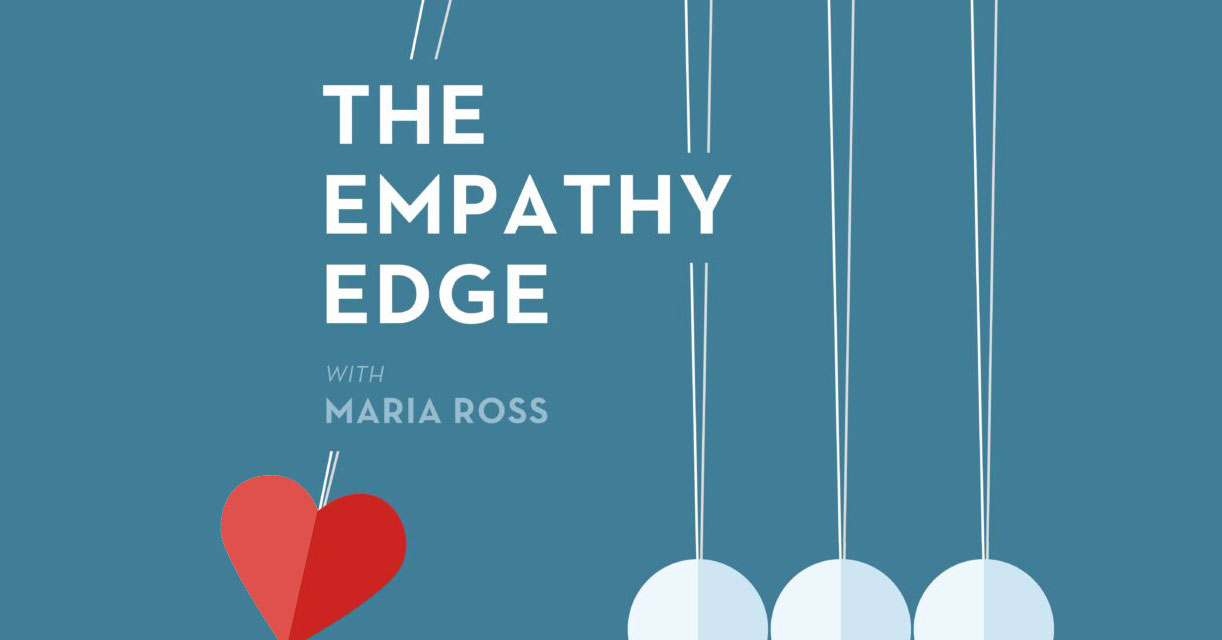Your marketing materials should reflect your brand but sometimes, we don’t realize we are killing business softly by overlooking some important details. In our rush to just “get the information out there” we can sometimes do more harm than good to the sales process.
Today’s guest post is from my brilliant colleague Nancy Owyang. As the owner of Eye 2 Eye Graphics, LLC, Nancy is an award-winning designer with strong branding experience. She has aided a variety of clients in rebranding their businesses and I personally adore her design sensibilities and her ability to first understand an owner’s mission and brand, and then translate that complex identity into a graphic representation. Today she offers up Seven Deadly Sins you’ll want to avoid in your marketing materials.
When it comes to marketing your business it is important to make a good first, second, and lasting impression. (Tweet!)Your marketing materials represent you, your business, what you do, and how well you do it. The list of “DON’Ts” for how to create and use your marketing materials is extensive, but to narrow the focus I have gathered 7 deadly sins of marketing materials that you need to avoid like the plague.
- Out-dated materials… or no materials. If you don’t have any other marketing collateral you absolutely need to have a business card, and a website—both create an easy entry into your business for new clients. Your business card and website need to have your correct contact information—phone number, e-mail, and mailing address. Make it easy for people to get ahold of you!
- Looking cheap. Tattered edges, stains, crossed out information, bad visuals, no visuals, fuzzy pictures, the same business card and brochure template as someone else in the room—and I could go on—are big “No-No’s.” There is a huge difference between creating something that is cost effective and something that looks cheap. Committing this deadly sin will automatically drop the level of professionalism in your marketing piece by a few notches.
- Poorly written copy. Having correct spelling and grammar in your materials should be a given, but unfortunately this often gets overlooked. I encourage everyone to find a good proofreader to review all of your materials. The voice, or tone, of your marketing materials is also very important and needs to reflect the mission, vision, and personality of your business. Working with a professional writer to help you find “your voice” is a valuable component to your brand.
- Failure to differentiate you and your business from the competition. I want you to imagine your business as a Hollywood star nominated for Best Actress at the Academy Awards. You step out of the limo, onto the Red Carpet and the unthinkable has happened… you are wearing the same dress as your competition! Just like on the Red Carpet, in business you need to avoid this ultimate faux pas! An important part of marketing your business is to know who your competition is, know how you are different, and express that in your marketing materials.
- Not focusing on the benefits. Always keep in mind your target. Look through their eyes and ask the question “well, what’s in it for me?” Go through your entire document concentrating on the benefits of your message, not the features. Another alarming, but all-too-common, trend that I’m seeing is too much “real estate” being given to outlining your education and business history. Although this is an important part of your business, how well does it answer the burning question in your client’s mind, “what can this company do for me?”
- Failing to grab the attention and pain of your ideal clients. Give your audience just enough so that they want more. People don’t want to be overloaded with information. Especially if the marketing piece is a brochure or welcome kit, only provide enough information so that your audience gets the basics of what you offer and how you can solve their pain or problem. If you create some intrigue, your prospect will have other questions, giving you an opportunity to continue the conversation and answer their specific questions.
- Inconsistency. Your business should have a clearly defined identity with a style that appears on your business cards, stationery, brochures, website—indeed, all your marketing materials. Consistency sends the message that your business is stable and dependable. Your marketing materials need to visibly represent a business that is professional, successful, and at the top of its field.
Having well -designed and strategically planned marketing materials will help you present a professional image and make a great memorable impression. Failing to present the professional image that your ideal client expects can kill the deal and could stop your business dead in its tracks.
PS, to view a sampling of Nancy’s work please visit her online portfolio.



